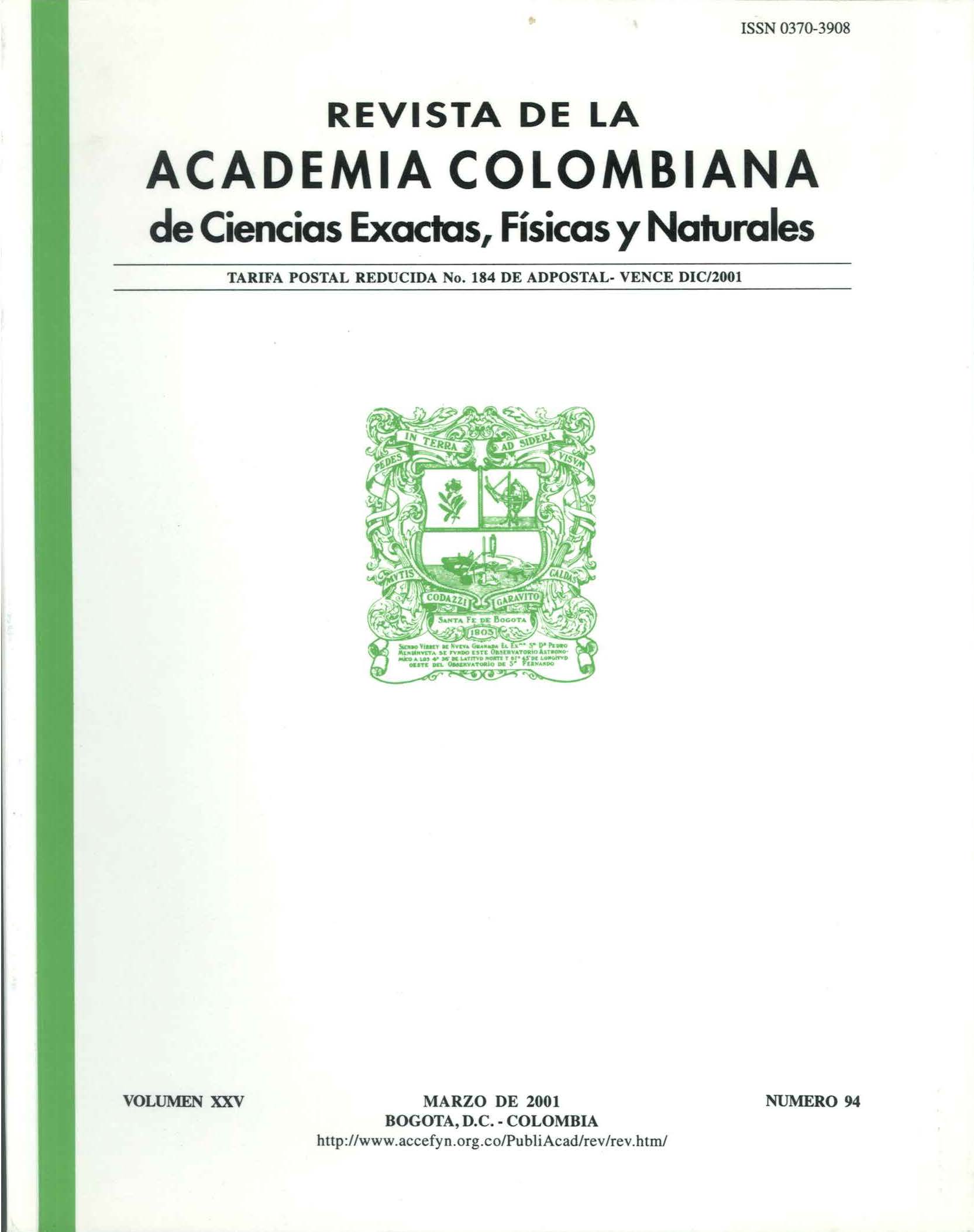Resumen
Con base en el estudio de los cráneos de 307 especies del género Eleutherodactylus y que representan todas las entidades subgenéricas, fueron evaluados cuatro caracteres en relación con la clasificación actual. Tres de tales caracteres ya eran conocidos; el cuarto fue nuevo. Craugastor y las Eleutherodactylus conspicillatus, myersi, y sulcatus son series plesiomorficas para cada carácter. Orejas epioticas se encuentran únicamente en 14 especies de las Antillas y su distribución taxonómica sugiere que ni Euhyas ni Pelorius son monofiléticos. La fusión del frontoparietal y proótico aparece en 60 especies cuya distribución taxonómica sugiere que ni Eleutherodactylus ni Euhyas son monofiléticos. Aunque hay problemas de homología, la fusión parece restringida a la serie de Eleutherodactylus abbotti y al grupo de Eleutherodactylus martinicensis, Euhyas, y Syrrhophus. Sin embargo, algunas especies de Euhyas muestran la condición plesiomorfica. La separación ancha de los vómeres es un carácter en general congruente con la fusión frontoparietalproótico, pero está restringida al grupo de abbotti-martinicensis-Euhyas-Syrrhophus. El análisis de este carácter sugiere que la longitud de la serie de dientes del vomer necesita un estudio muy cuidadoso para separar condiciones no homologas y para considerar el subgénero Euhyas como monofilético. La muesca medial del vomer, un carácter nuevo, es compartida únicamente por la serie de Eleutherodactylus binotatus y por la mayoría de Euhyas. Sin embargo, los dos ciados adquieren la muesca de manera diferente.
Palabras clave
Citas
Ducllman, W. E. 1970. The Hylid Frogs of Middle America. Museum of Natural History, the University of Kansas, Monograph (1): 753 p.
Estrada, A, R. & S. B. Hedl!I!•· 1998. Sistemática de las ranas rivereias de Cuba (Leptodactylidae: Eltuthtrodactylus) con la descripción de una nueva especie. Caribbean Ioumal of Science 34:218-230.
Dwm, E. R. 1926. Additional frogs from Cuba. Occasional Papers of the Boston Society of Natural History 5: 209-215.
Flores, G. 1984. Comparative osteology, relationships, and evolution in Jamaican frogs of the genus Eltutherodactylus. Unpublished B. A. thesis. Harvatd University.
Goln, C. J. 1961. Synopsis of the genera of hylid frogs. Annals of the Camegie Museum 36: 5-18.
Hedges, S. B. 1989. Evolution and biogeography of West Indiao frogs of the genus Eleutherodactylus: slow-evolving loci and the major groups. Pp. 305-370, In C. A. Woods (ed.), Biogeography of the West lndies/ Past, Present & Future. Sandhill Crane Press, Gainesville, FL. Xvii + 878 p.
Joglar, R. L. 1989. Phylogenetic relationships of the West Indian frogs of the genus Eleuthtrodactylus: a morphological analysis. Pp. 371-408. In C. A. Woods (ed.), Biogeography of the West Indies/ Past, Present & Future. Sandhill Crane Press, Gainesville, FL. Xvii + 878 p.
Lynch, J. D. 1971. Evolutionary relationships, osteology, and zoogeography of leptodactyloid frogs. University of Kansas Museum of Natural History, Miscellaneous Publication (53): 1·238.
Lynch, J. D. 1976. The species groups of the South American frogs of the genus Eltutherodactylus (Leptodactylidae). Occasional Papers of the Museum of Natural History University of Kansas (61): 1-24.
Lynch, J. D. 1986. Definition of the Middle American clade of Eleutherodactylus based on jaw musculature (Amphibia: Leptodactylidae). Herpetologica 42: 248-258.
Lynch, J. D. 1989. lntrageneric relationships of mainland Eltutherodactylus i'. A review of the frogs assigned to the Eleuthtrodactylus discoidalís species group. Milwaukee Public Museum, Contributions in Biology and Geology (79): 1-25.
Lynch, J. D. 1993. The value of the m. dtprtssor mandibulae in hylogenetic hypotheses for Eltutherodactylus and its allies (Amphibia: Leptodactylidae). Herpetologica 49: 32-41.
Lynch, J. D. 1996. The relationships of the Hispaniolan frogs of the subgenus Ptlorius (Eleutherodactylus: Leptodactylidae). Pp. 141-155. In R. Po-.,ell & R. W. Henderson (eds.), Contributions to West lndian Herpetology: A Tribute to Albert Schwanz. Society for the Study of Amphibians and Reptiles, Contrib. Herpetology 12. 457 p.
Lynch, J. D. 1997. lntrageneric relationships of mainland Eltuthtrodactylus 11. A review of the Eltuthtrodactylus sulcatus group. Rev. Acad. Colomb. Cienc. 21 (80): 353-372.
Lynch, J. D. & W. E. Duellman. 1997. Frogs of the genus Eleutherodactylus (Leptodactylidae} in western Ecuador: systernatics, ecology, and biogeography. Natural History Museum, University of Kansas. Special Publication (23}: 1-236.

Esta obra está bajo una licencia internacional Creative Commons Atribución-NoComercial-SinDerivadas 4.0.
Derechos de autor 2024 Revista de la Academia Colombiana de Ciencias Exactas, Físicas y Naturales





